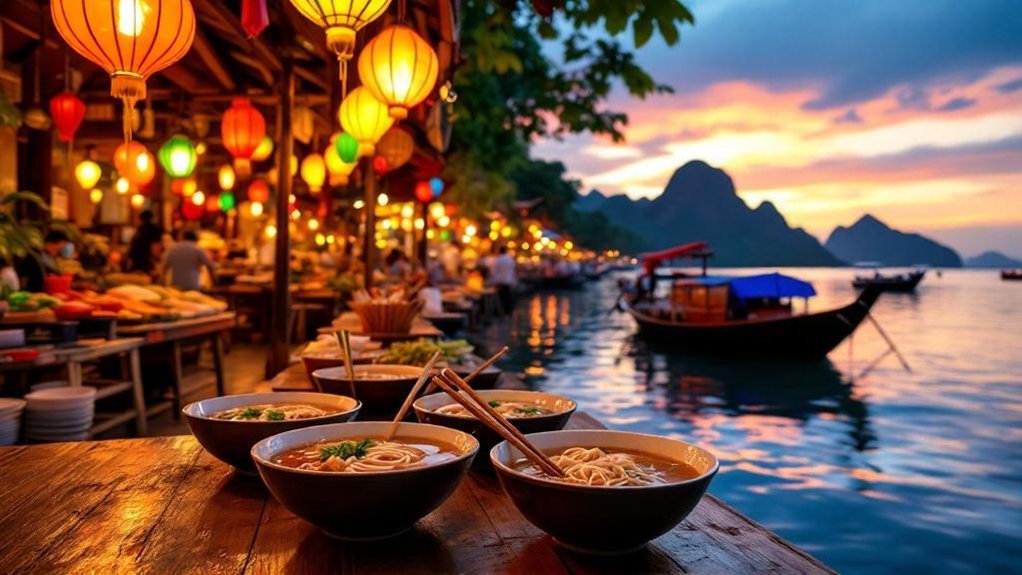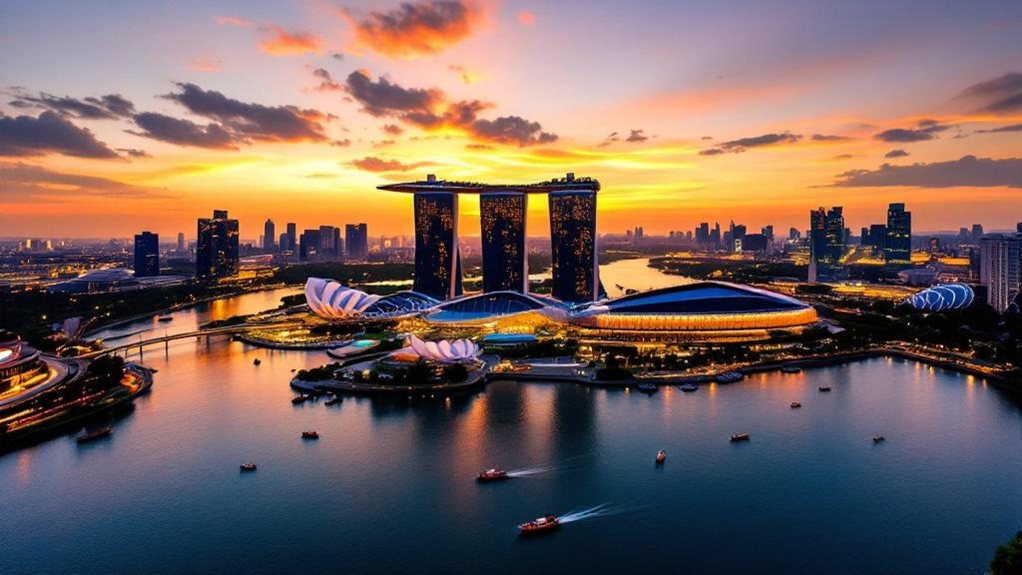In 2025, the cheapest Asian paradises, including Vietnam, Laos, Cambodia, Indonesia, and Nepal, maintain affordability despite global travel cost increases. Street food meals typically cost only $1–3, and budget guesthouses start as low as $4–5 per night, offering accessible accommodations. Efficient public transportation systems further minimize expenses, while admission to cultural sites and natural attractions remains modestly priced. These conditions allow travelers to control expenses effectively, and the following content explores how each destination accomplishes this.
Although travel trends continue to evolve, Asia remains a leading destination for budget-conscious travelers in 2025 due to its diverse landscapes, rich cultural heritage, and exceptionally low daily costs. Throughout the region, several countries have emerged as particularly affordable, offering a range of experiences without straining financial resources. Many Asian countries offer street food meals for as little as $1–3, allowing travelers to spend less while enjoying authentic local cuisine.
Vietnam stands out with daily budgets averaging $25 to $40, making it accessible to a broad segment of international travelers. Street food, such as pho or banh mi, is widely available for around $2, while accommodations in guesthouses and hostels start at approximately $5 per night. Efficient public transit, including buses and sleeper trains, further reduces travel expenses, allowing visitors to explore renowned sites like Hoi An’s UNESCO-listed ancient town and Ho Chi Minh City’s historical landmarks. Additionally, travelers can stay connected affordably with Holafly eSIM for Asia, which offers unlimited data starting at $2.44 per day.
Vietnam offers $2 street food, $5 hostels, and cheap transit—making iconic sites like Hoi An and Ho Chi Minh City easily accessible.
Laos is projected to be the most economical Asian destination in 2025, with an average daily travel budget of just $15.40. Budget guesthouses typically cost between $4 and $7 per night, and local meals, including street food, often range from $2 to $3. Scooter rentals, priced at roughly $8 per day, provide an affordable means to reach attractions such as the Wat Xiengthong temple and Kuang Si Waterfall in Luang Prabang, underscoring the country’s blend of cultural and natural appeal. Monitoring your spending regularly while exploring Laos helps ensure you stay within your budget throughout your journey.
Cambodia also maintains low travel costs by offering budget guesthouses, street food meals under $3, and inexpensive entry to significant sites like Angkor Wat. Local markets deliver authentic experiences at minimal expense, further supporting economical travel.
In Indonesia, less-visited islands such as Lombok and Flores offer accommodations starting at $5 per night and meals for around $3, contrasting with Bali’s higher tourist prices. Entrance fees to temples and natural sites remain near $10, while public and private transport options are budget-friendly.
Thailand continues to attract visitors with affordable lodging in Chiang Mai and Koh Lanta, low-cost street food, and inexpensive public transportation, all while providing a range of free or low-cost cultural activities.
Nepal’s cost-effective environment, with living expenses about 60% lower than the USA and plentiful $5 hostels, also encourages extended stays, particularly for those interested in mountain trekking and cultural exploration.









